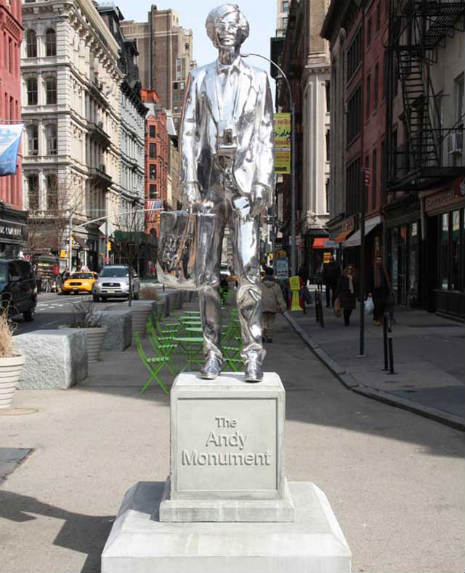
Yesterday a new 10-foot-tall stature of Andy Warhol was unveiled by artist Rob Pruitt outside of the one-time (70s/early 80s) Union Square location of Warhol’s ‘Factory’ studio….
(Via Dangerous Minds)

Yesterday a new 10-foot-tall stature of Andy Warhol was unveiled by artist Rob Pruitt outside of the one-time (70s/early 80s) Union Square location of Warhol’s ‘Factory’ studio….
(Via Dangerous Minds)

(Via welcome to palo’s)
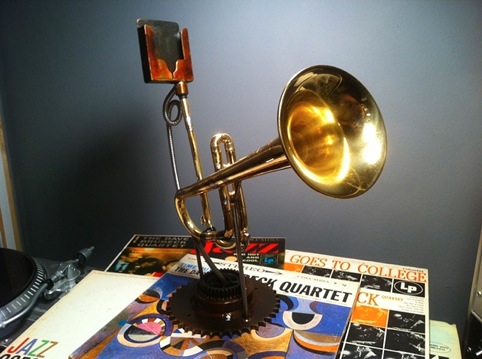
Christopher Locke created The Analog Tele-Phonographer, a mobile phone sound amplifier made using a broken trumpet:
This device was made from a salvaged trumpet and assorted machine parts. The base is steel, the legs that hold everything up are stainless steel, and the cradle that holds the telephone is also steel. The horn is brass. All of the steel has been treated with a brown patina, and the entire unit has been coated with a gloss clear coat.
(Via Laughing Squid)
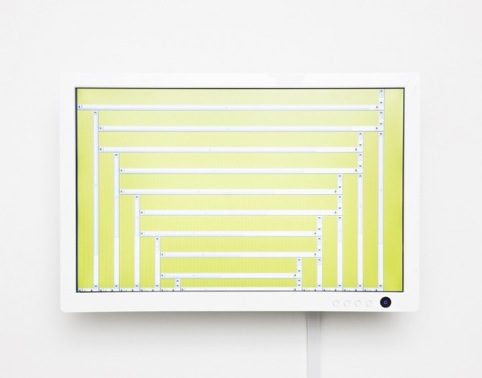
Kim Si Nae‘s Browser Abstract…
Citizens of the world are spending their lives staring into the reflective surfaces of their mobile phones and desktop computers. I think that social context determines the value of the media, tendency itself of dispaying medium have to be thought as social message.
For me, the digital canvas is another representation tool. Browser is not only the way it looks but also an inevitable basis of existence in the new space. If the history of fine art is against the frame of canvas, new painting will be founded on the browser, a element of being. In the past, inherent trait of painting reveals through the recognitions and enactments of medium. As the tool and matarial,we have to reconsider the new medium.’
(via i like this art)
Microworld: William Shatners psychedelic 1976-Minidoc about Microprocessors
(Via Nerdcore)
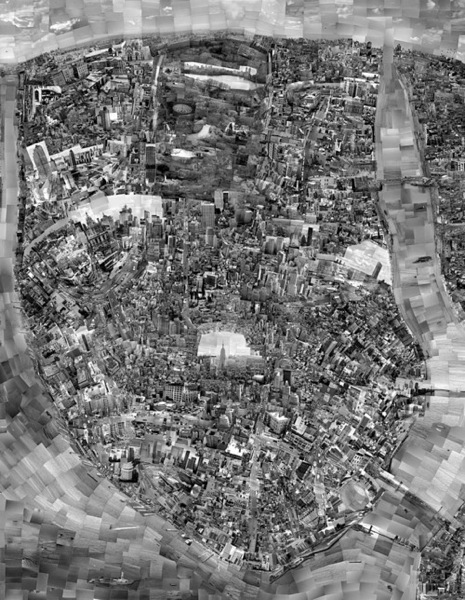
Japanese photographer Sohei Nishino walks around cities taking pictures and pasting and arranging the results to create layered icons of a city from his memory. He has mapped Istanbul, Hong Kong, Paris, New York, Shanghai, Tokyo, Hiroshima, Kyoto, Osaka and London.
(via Lustik)
Let’s celebrate together with this awesome surreal karaoke videoart by Ben Coonley….
(Via Rhizome)
No description would be accurate. You just have to click play…
Blake Carrington turns Gothic cathedrals into sound:
“Groups of scanners filling the sonic spectrum may act in synch, forming a single harmonically-dense rhythm, or they may scan the plans at different speeds, resulting in complex polyrhythms. Each plan is treated as a modular score, with a distinct rhythm and timbre of its own. Also, by varying the speed and intensity of each scanning group, drone-like sounds may emerge based on the ‘resonant frequency’ of the black and white plan.”

(Via BLDGBLOG)
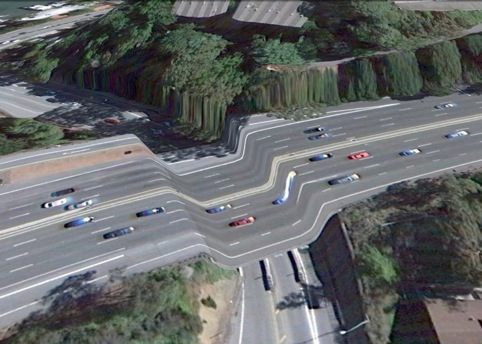
Postcards from Google Earth, by Clement Valla:
‘The images are screenshots from Google Earth with basic color adjustments and cropping. I am collecting these new typologies as a means of conservation – as Google Earth improves its 3D models, its terrain, and its satellite imagery, these strange, surrealist depictions of our built environment and its relation to the natural landscape will disappear in favor of better illusionistic imagery. However, I think these strange mappings of the 2-dimensional and the 3-dimensional provide us with fabulous forms that are purely the result of algorithmic processes and not of human aesthetic decision making. They are artifacts worth preserving.’
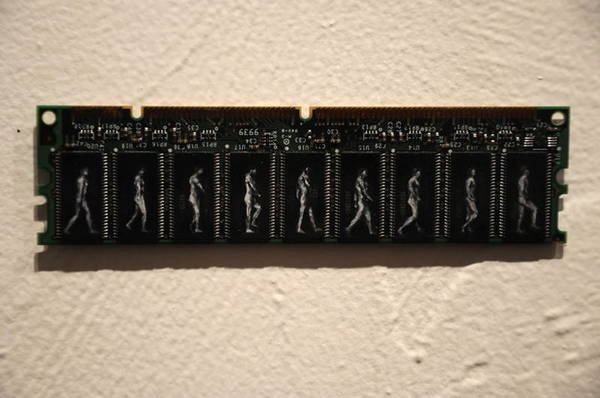
Yuri Zupancic says his microchip paintings are an homage to the tradition of miniature painting, informed by the “smaller and faster…catchphrase of commodities.” He makes some of his brushes from his own eyelashes.

Before Brian De Palma became a movie director he made documentaries. This one is called “The Responsive Eye” and chronicles the Museum Of Modern Art’s 1965 exhibition of Op-Art…
[via]

Boooooooom just launched a new project: the Cover Song Archive: famous songs covered by non-famous people. Sounds amazing…